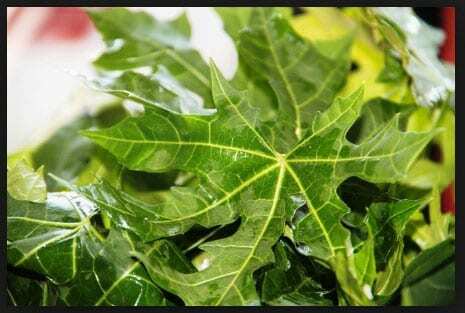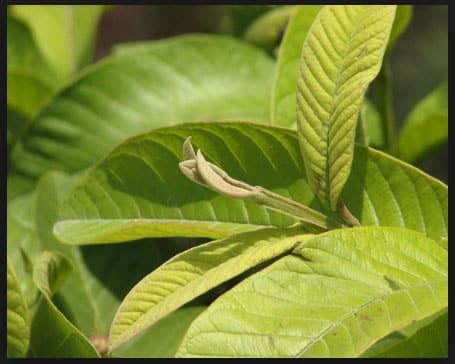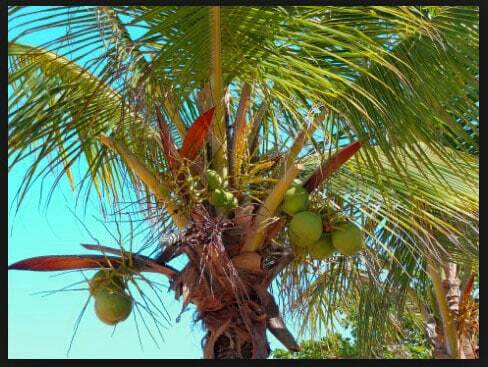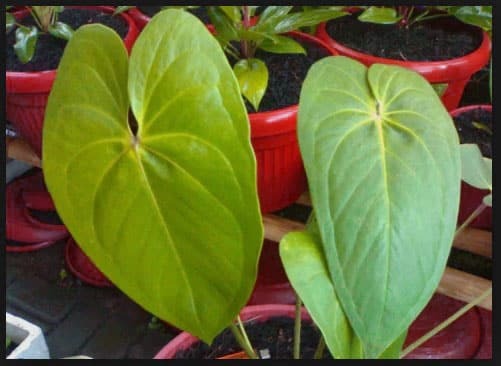Function Of Leaves In Plants
Functions of Leaves in Plants –Why do most types of plants take a leaf? What is the function of the leafage itself on most types of plants?. Some of the states may nevertheless not know the function of the foliage.

Therefore, on this occasion, we will study together about the function of leaves in plants, along with the component structures possessed by leaves.
Table of contents :
Definition of Leaves
In general, the leaves take a green colour and width, with shapes such as heart, long, round, and Taper, as well equally various forms of leaf bones, namely in the form of pinnate leaves, leaf bones Curved. Leafage bones are fingered, and leafage bones are parallel, depending on the blazon of nomenclature of the found itself, namely dicotyledonous or monocot plants.
Differences in Leaf Structure
On the difference in the anatomical construction betwixt leaves in plants Dicot and plants Monocot, nosotros tin see conspicuously, in the class of a tabular array that has been provided below:
| Difference Betwixt Dicot & Monocot Leaves | |
| Dicot Leaves | Monocot leaves |
| Only One Epidermal Network | Dua'due south Epidermal Tissue |
| Stomata are found on the top and bottom of the foliage | Stomata are located parallel to the leaf veins |
| Mesophyll is located in the upper and lower layers of the Epidermis | Mesophyll is located in the curvature of the leaf veins |
| Cuticle tissue covers the upper and lower surface of the leaf | No Cuticle Tissue |
| Accept Hair and Glands | Has no hair and glands |
| Leaf veins are located on the leaf blade | Leaf veins are located on the leaf blade |
In the caption of the tabular array higher up, leaves have structures that are important for their development, the post-obit is a detailed caption:
1. Epidermis and Culticular Tissue
Epidermal tissue serves to coat and protect all parts of the surface on the leaves, reducing water expenditure that occurs, regulates the exchange between Gases, excretes Metabolic and absorbs Water and Minerals for development in Foliage.
2. Stomata
These stomata function as respiratory organs for the leaves. This organ will take carbon dioxide (Co²) to be used as a Photosynthetic Process, then produce O² from Photosynthesis Process.
3. Mesophyll Network
Mesophyll tissue is divided into two parts, namely Palisade Network and Spongy Network.
A. Palisade Network: A tissue constitute on the surface of the leafage, has many chloroplasts that function to process food.
B. Sponge Network: A hollow tissue independent in the surface of the leaf, serves every bit a identify to store nutrient reserves.
four. Transport File Vessel
This Transport File is divided into 2 parts, namely Xylem and Phloem.
A. Xylem Transport Files: A component institute in the leafage tissue, serves to ship h2o and minerals to all parts of the leafage.
B. Phloem Transport Files: A component institute in the leaf tissue, serves to spread the results of the photosynthesis process to all parts of the foliage.
5. Leaf Veins
These leaf veins serve as a place for the formation of the Carrier Files on the surface of the leaves.
Leaf Shape Type
In each classification of plants have various forms of leaves, every bit follows:
one. Fingering Leaf(Palminervis)

Leafage shape in this blazon, has a foliage shape that looks like the fingers of a human hand, with one large leaf bone. Nosotros can see this type of leaf shape in cassava, papaya, and jatropha trees.
ii. Pinnate Leaves(Penninervis)

Leaf shape in this type, has a leaf shape that is pinnate like a fish fin, with leaf bones that are neatly arranged from the stem to the tip of the foliage. This blazon of pinnate leafage shape tin can be seen in Mango, Rambutan, Guava, and Banyan Copse.
three. Parallel Leaves(Restinervis)

Leaf shape in this type, has a parallel leaf shape like lines bundled in parallel, with a large leafage bone extending towards the center. This blazon of parallel leafage shape tin be seen in Corn, Grass, Sugarcane, Rice, and Kokosnoot Copse.
4. Curved Leaves(Cervinervis)

Foliage shape in this type, has a curved foliage shape similar lines arranged in a curved manner, with a large leafage bone extending towards the middle slightly curved. We tin see this blazon of curved leaf shape in the tree plants of waru, gadung, genjer and betel leaf.
Thus the caption of the material about leaves and their understanding, construction, differences, and leaf forms.
Hopefully it tin be useful and go a useful cognition for all of us.
Function Of Leaves In Plants,
Source: https://infotech-web.com/en/advices/3114-functions-of-leaves-in-plants
Posted by: myersmarder.blogspot.com



0 Response to "Function Of Leaves In Plants"
Post a Comment